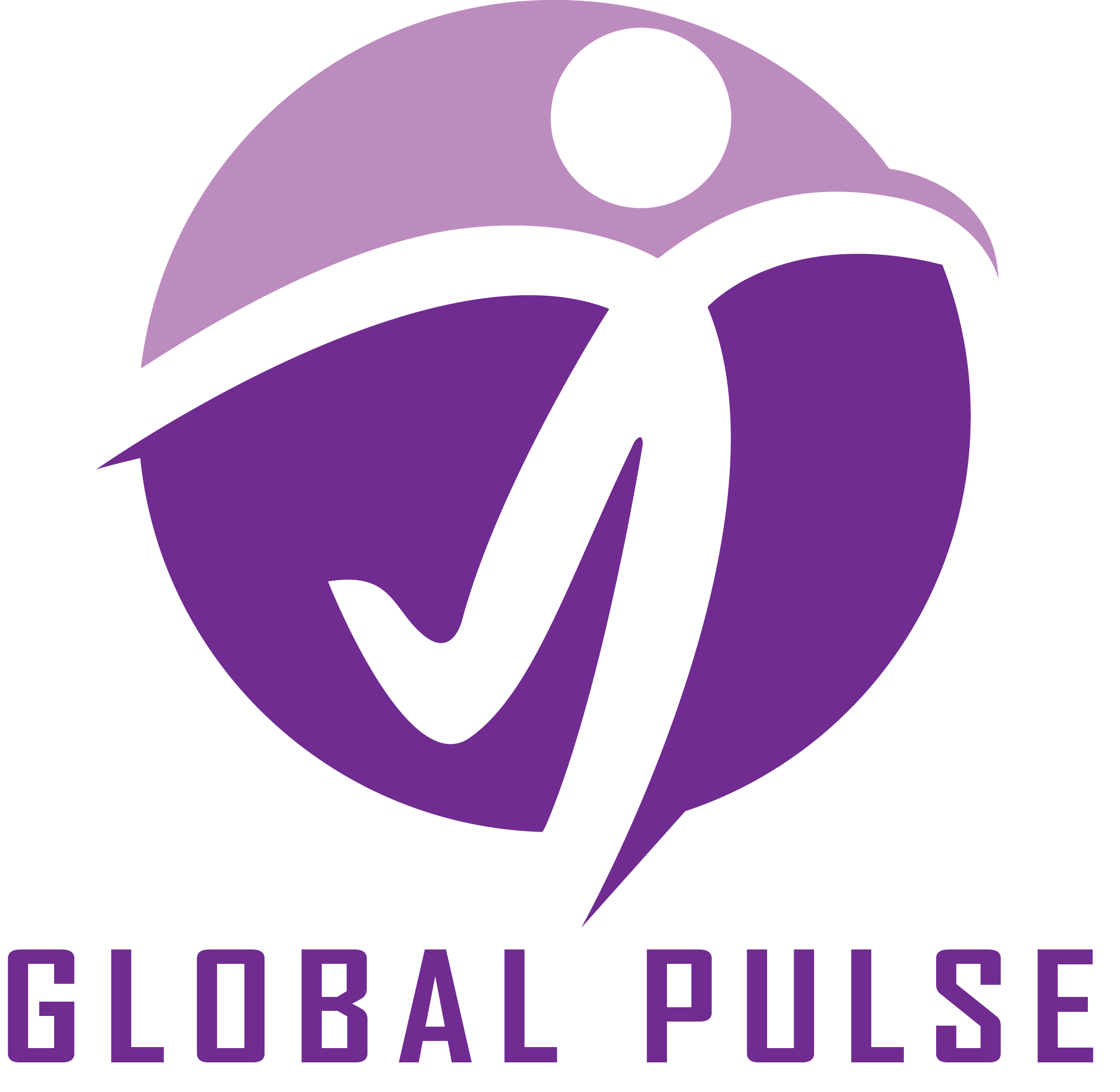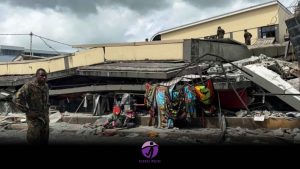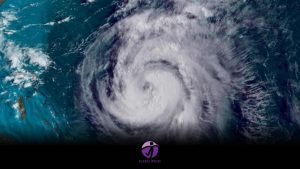As societal attitudes shift towards a more relaxed view of the perceived threat posed by COVID-19, many countries are witnessing a resurgence of the coronavirus, resulting in a notable rise in reported cases.
From May 25 to May 30, Thailand documented 65,880 new Covid-19 cases, alongside three reported deaths.
In response to a rise in cases across multiple Asian nations, Indonesia’s Health Ministry has released a public health advisory. Citizens were urged to stay alert and implement precautionary measures.
Recent reports indicate a rise in COVID-19 cases associated with the NB.1.8.1 variant in both Hong Kong and the United States.
During the period from April 27 to May 3, Singapore documented more than 14,000 cases.
The Health Ministry of Malaysia reported an average of 600 cases each week from April 14 to May 10. Between January 1 and May 10, Malaysia recorded more than 11,000 cases. The ministry has released the final available figures.
According to Prof Dr. Sharifa Ezat Wan Puteh, a professor of Public Health Medicine at Universiti Kebangsaan Malaysia, there has been a noticeable decline in public vigilance as COVID-19 is increasingly perceived as a diminished threat. She emphasized the importance of being informed about the virus’s mutations and the emergence of new variants.
The latest variant designated for monitoring is NB.1.8.1. This variant is noted for its high transmissibility; however, it does not suggest an increased severity in terms of virulence, hospitalization, or mortality rates. “The current vaccine’s coverage extends to the latest strain, and it is crucial for high-risk groups—including the elderly, young children, pregnant women, and individuals with significant comorbidities—to remain vigilant,” she emphasized.
According to her, individuals in high-risk categories are advised to wear masks while outdoors or if they begin to exhibit symptoms. Individuals living with non-communicable diseases (NCDs) must adhere strictly to their medication schedules.
“Individuals exhibiting symptoms akin to those of Covid-19 may actually be experiencing adenovirus, which is typically mild, Respiratory Syncytial Virus (RSV), or influenza,” she stated.
Determining the presence of COVID-19 can be achieved through testing or by consulting with a healthcare provider for appropriate treatment and potential admission if required. “The symptoms can often resemble one another, and while it is uncommon, it is possible to contract two diseases simultaneously,” she noted.
According to her statement, the new variant appears to be associated with symptoms including fever, cough, sore throat, fatigue, headache, and gastrointestinal distress.
In addition to antigen testing, it may be necessary to undergo a chest X-ray and a blood test for confirmation in order to exclude the possibility of pneumonia. “Covid typically manifests with mild symptoms resembling those of an upper respiratory tract infection, and there is no longer a requirement to track it using the MySejahtera app as was previously necessary,” she stated.
Datuk Dr. Zainal Ariffin Omar, a former official with the Health Ministry and a public health expert, has indicated that the increase in cases may be attributed to a decline in immunity, whether from natural infections or vaccinations, alongside a noticeable lapse in adherence to precautionary measures that were previously observed.
On May 28, the World Health Organisation (WHO) reported a concerning trend in global SARS-CoV-2 activity, noting an increase since February. The test positivity rate has now climbed to 11%, a figure not seen since July 2024.
The increase is predominantly noted in nations across the Eastern Mediterranean, Southeast Asia, and Western Pacific regions. As of early 2025, there has been a subtle shift in the trends of global SARS-CoV-2 variants. The circulation of LP.8.1 has been on a downward trend. At the same time, the reporting of NB.1.8.1, classified as a variant of unknown significance, has seen a notable rise, accounting for 10.7% of global sequences reported by mid-May.
Recent surges in SARS-CoV-2 activity align closely with the levels recorded during this time last year.
The report indicated that despite ongoing observations, a definitive seasonality in the circulation of SARS-CoV-2 remains elusive, and the scope of surveillance is constrained.
The World Health Organisation has urged all member states to persist in their monitoring efforts and to implement a risk-based, integrated strategy for managing Covid-19.












